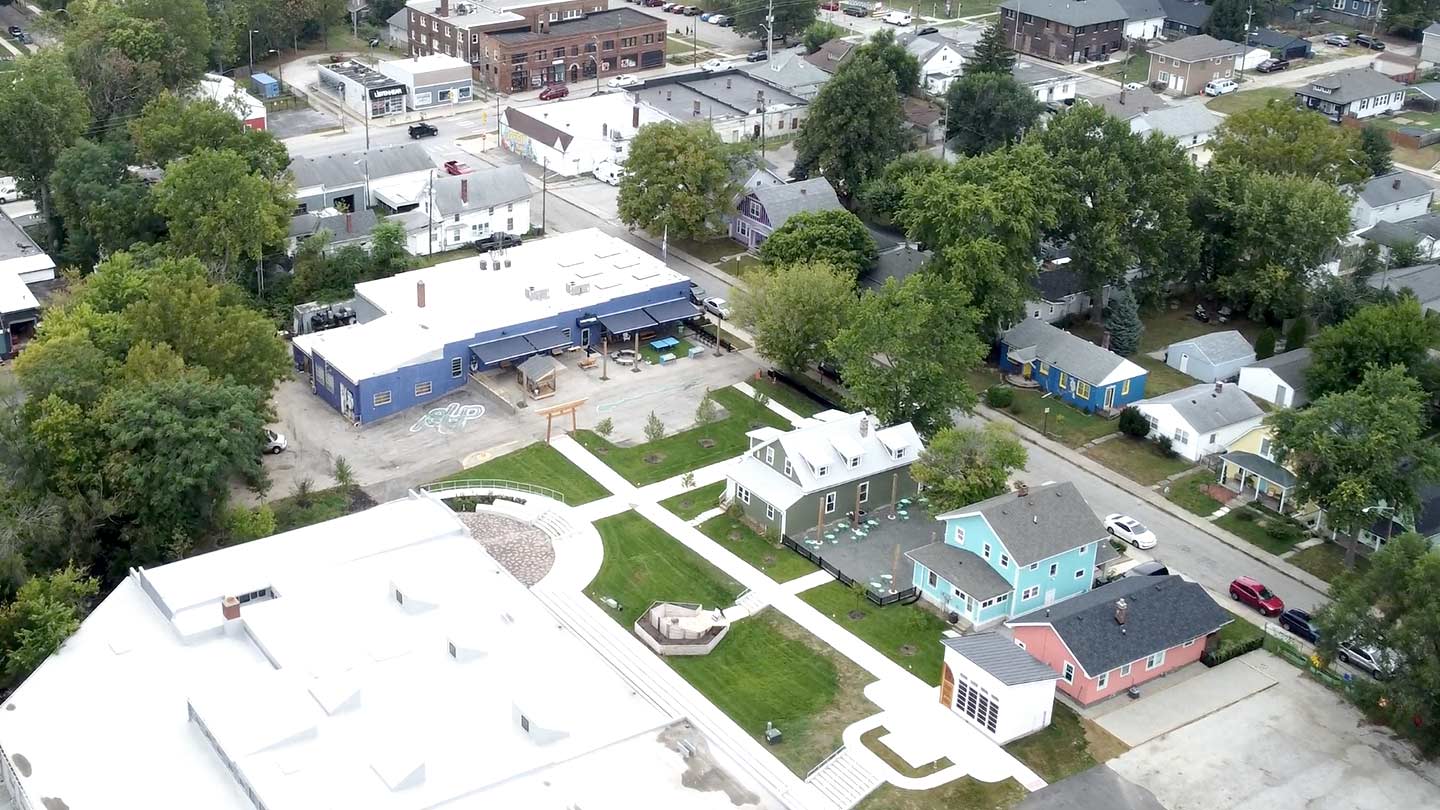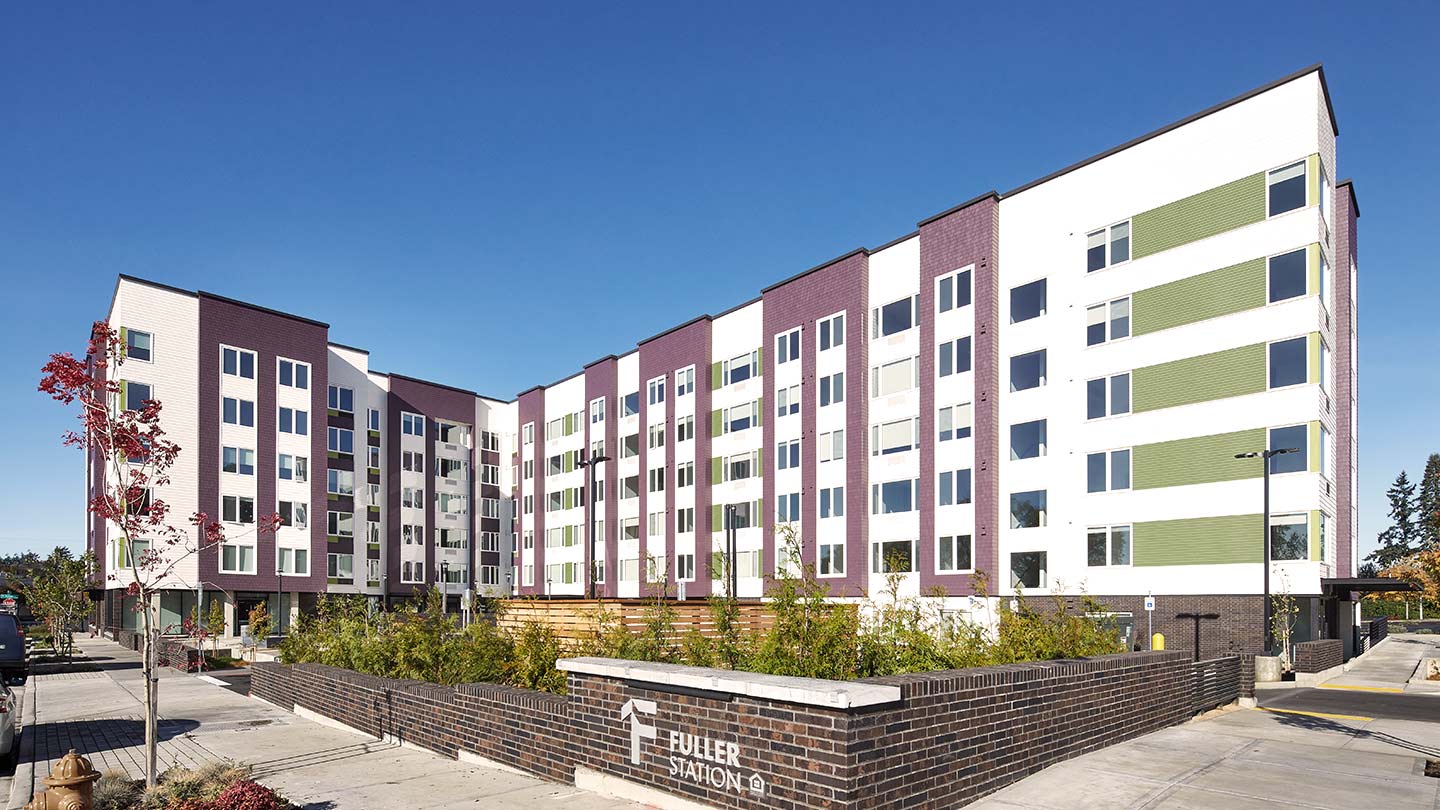
Inflation—and rising interest rates—are at the center of the American economic conversation. And for good reason. The Federal Open Market Committee (FOMC) has raised rates at each of its meetings since March 2022. The Fed now faces new challenges as it must deal with the consequences of a dual crisis in American regional banks and large European ones.
In March 2023, the Fed raised its benchmark by 25 basis points, bringing the target federal funds range up to 4.75-5%.
"After significant monetary policy tightening over the past year, we could be approaching the endgame for this hiking cycle," said Ginger Chambless, Head of Research for Commercial Banking at JPMorgan Chase.
The Fed’s messaging indicates its federal funds target range will remain elevated through the end of the year. The market, however, anticipates a "pivot" where the Fed changes course and eases rates to support a weaker economy, which initially caused Treasury yields to sink.
Treasury yields and other fixed interest rates impact hybrid- and fixed-rate loan pricing for multifamily investments and other commercial real estate mortgages. "The relationship between Treasury yield movements and mortgage rates is not necessarily one-for-one, but the general trend is unmistakable," said Mike Kraft, Commercial Real Estate Treasurer for Commercial Banking at JPMorgan Chase.
Multifamily investors can benefit from the ongoing volatility, but they should be prepared.
“When rates are as volatile as they have been lately, it pays to plan ahead as much as possible if you’re considering a purchase or refinance,” Kraft said. “By preparing in advance, you can act on short notice and take advantage of dips in rates as they occur.”
What interest-rate hikes mean for multifamily investors
"Housing is one of the most sensitive sectors in the economy to changes in interest rates," Chambless said. "And while single-family starts and turnover dropped 30%–40% in 2022 amid the higher mortgage rate environment, we have seen continued strength in multifamily."
While multifamily property owners and investors may feel the negative effects of rising interest rates, there may also be some offsets.
Higher interest rates could price would-be homebuyers out of the single-family housing market, causing them to remain renters for longer. Inflation, along with rising costs and construction delays, may increase existing properties’ rents.
Multifamily property owners and investors with fortress balance sheets can benefit from the current economic environment. It offers them an opportunity for portfolio growth at a lower cost.
Looking beyond interest rates
For those looking to purchase a multifamily property or refinance their apartment complex, there’s more to look at than interest rates. Consider other factors, including:
- Supply, demand and demographic shifts: The housing inventory—especially affordable housing—is low, with demand outpacing supply. Likewise, more people have moved to the center of the country and are seeking workforce housing. Investors may also want to weigh the merit of a shift from suburbs to cities.
- Local market: Real estate is a largely local business, so investors may want to take a close look at the specifics of the market before purchasing or refinancing. It’s also important to evaluate each property individually, including its capitalization rate, which generally goes up when interest rates increase.
What's next for interest rates, inflation and the economy
"Rates can only be forecasted with any degree of certainty in the near term," Kraft said. "But under present circumstances, about all that can be counted on is continued volatility."
"Macroeconomic and market uncertainty remains high,” Chambless said. "It remains to be seen how current market disruptions will impact the economy, with recent reports not yet showing a clear negative reaction."
Kraft agreed. "The Fed is now caught up in a delicate balancing act. It must work to lower inflation while combatting angst in the market that higher rates and a besieged regional banking sector may drive the economy into a slump."
Learn how multifamily investors can prepare for a potential recession.
© 2023 JPMorgan Chase Bank, N.A. Member FDIC. Visit jpmorgan.com/cb-disclaimer for disclosures and disclaimers related to this content.







